Ask technical questions, discuss hifi, show pics of your gear: Join us on


Shopping Cart |

Accepted..
Cookie information:
We only use a session cookie. This cookie stores your shopping basket while your are navigating on our pages. The moment you leave NewClassD.com, the session cookie is destroyed, and erased. | | |
Singularity 3 High Speed
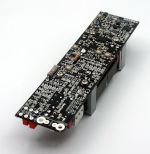


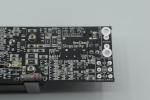

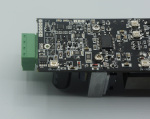
|
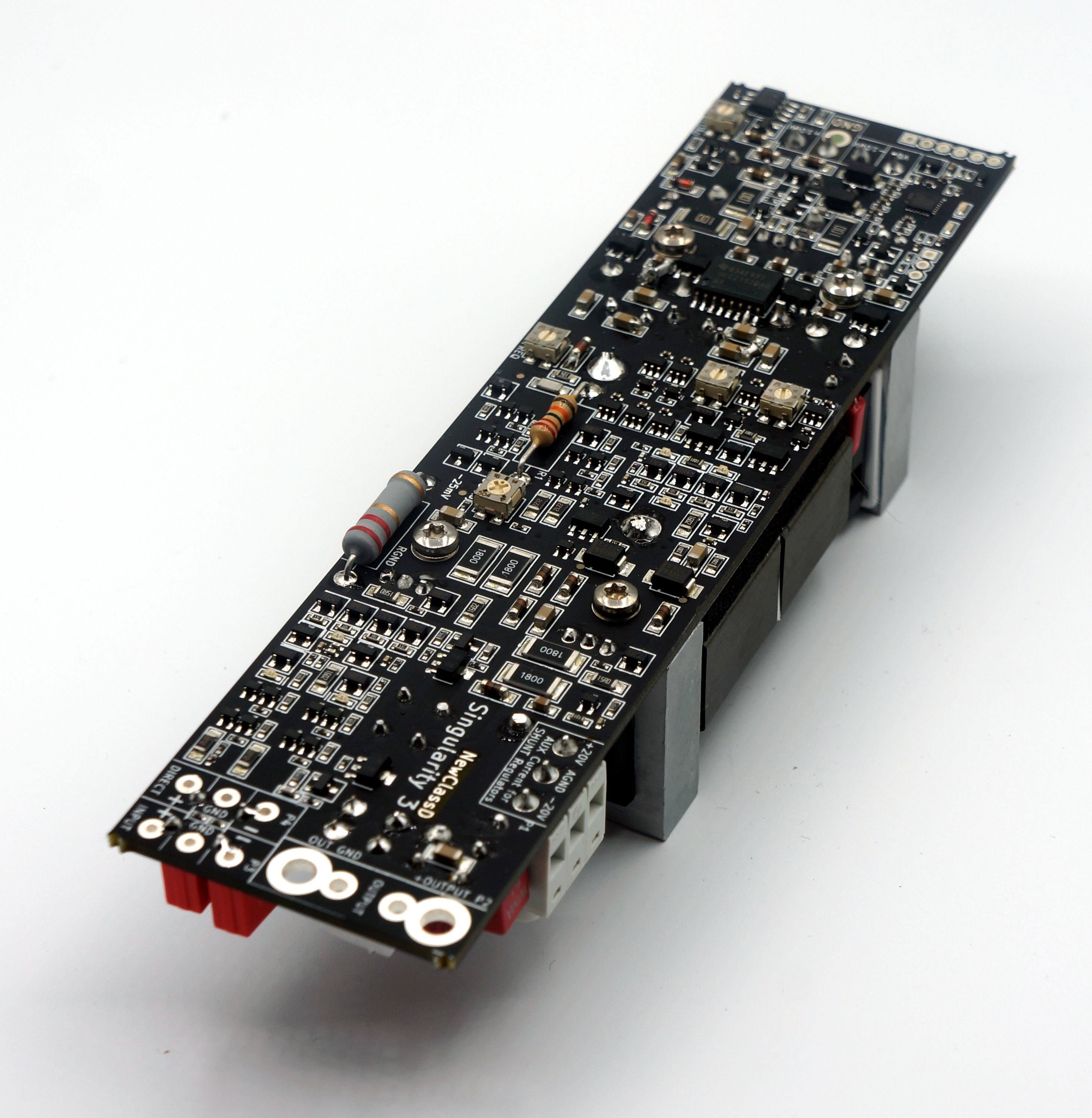
Singularity 3 High Speed 1200W in 4 Ohm Class D Amplifier Module |
| | Ex VAT is correct if you purchase your goods outside EU. If you are inside EU, please click the Ex VAT text to see the price including VAT. If you are outside EU local VAT may apply when the shipment enters your country. This amount is not included in the above amount. |
|
To view the photos in big size, right click the photo and select 'open image in new tab'.
| | |
Launched in 2020 the Singularity 3 Class D modules use the newest technology, and are among the best sounding amplifiers in the world. Even in competition with Class A amplifiers. This is leading edge technology.
The switching devices in other Class D modules are regular MOSFET's but we use SiCFET's instead, which are about 10 times faster, giving better resolution in the top region, and less switching noise. Due to the latest
enhancements in SiCFET technology, these are even significantly faster than the competing GAnFET technolgy in this power class. This may change as technology progresses though.
The audio circuits, such as buffer and modulator are both made with low noise japanese discrete transistors, and thin film precision resistors, to optimize sound quality, beyond what is possible with integrated circuits.
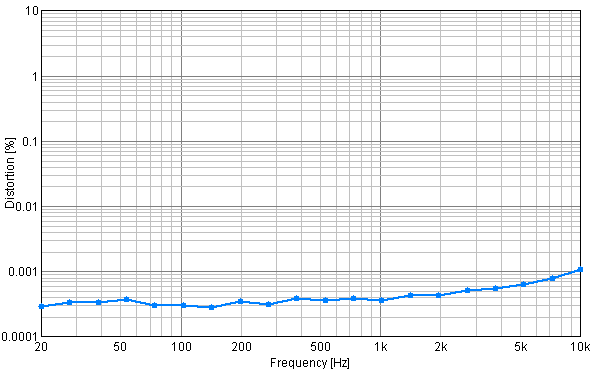
The distortion is optimized for each module in our handmade production, where each module is carefully adjusted to reach perfect performance. There is no feedback after the output filter, which technically degrades the performance
of the filter, and calls for use of a vastly overdimensioned and expensive inductor. The benefit is a better sound quality with a more weighty and substantial bass reproduction. The result of the fine tuning process,
is a THD of typ. 0.0004% at 1 kHz / 1W / 8 Ohm. The bandwidth of this module
is about 200.000 kHz at 6 dB, so compared to other modules it has vastly better frequency performance. This will result in a more free and airy reproduction of high notes in the music.
The output filter is made with silverplated and teflon isolated aidio wire. The circuit board is 6 layers with silver plated copper surface.
New in Singularity 3.
Compared to NCDV2 the following new design features have been introduced:
Use of high speed SiCFET's instead of MOSFET's.
3 times faster compensation loop = better signal control.
Star coupled output filter, new technology that reduce RF noise in the audio signal.
No decoupling capacitors in the audible range. More clean an homogenous reproduction.
Shunt regulators on the input stage, vastly improves bass resolution.
Better discrete audio transistors compared to NCDV2. Now using RoHM ultra low noise types.
Adjustable overload shutdown, so 2 Ohms speakers is no longer a problem.
Switching frequency raised from 550 kHz to 850 kHz = better resolution.
Now 6 layers silver plated circuit board, with full GND plane for the output.
Sw. frequency trimmer influence reduced 10 times, and now taken over by a Tantalum resistor with much better stability.
Bigger assistance microprocessor, now with chat port.
Differences between Singularity 3 and Singularity 3 High Speed.
At time of design startup in the summer of 2019, some criteria were setup for the differences between ver 1 and 2. These were later changed, as the two versions partly "melted together", and are now using the same
SiCFET output devices, and the same high speed Gate Drivers. So the differences are revised based on new parameters. The S3 runs at slightly higher switching frequencies, compared to NCDV2 our former platform.
It runs about 550 - 600 kHz. The High Speed version runs at 800 - 850 kHz. This requires some more maticulate fine adjustment, but it gives higher resolution in the top. In practical use the difference is highly
noticable though. As you may notice on some of the photo's the High Speed setup requires the SiCFET drivers be of a faster type, so we are manually replacing them on the modules.
Another change is the rail decoupling caps, which are 400V types, on the High Speed version, and 100V on the S3 module. These rail capacitors are there to dissipate RF noise from the switching process but they have
high enough internal resistance, that they will not affect the sound quality. The SiCFET's are rated at 600V so the max. rail voltage of 100V is rather relaxed for the output devices.
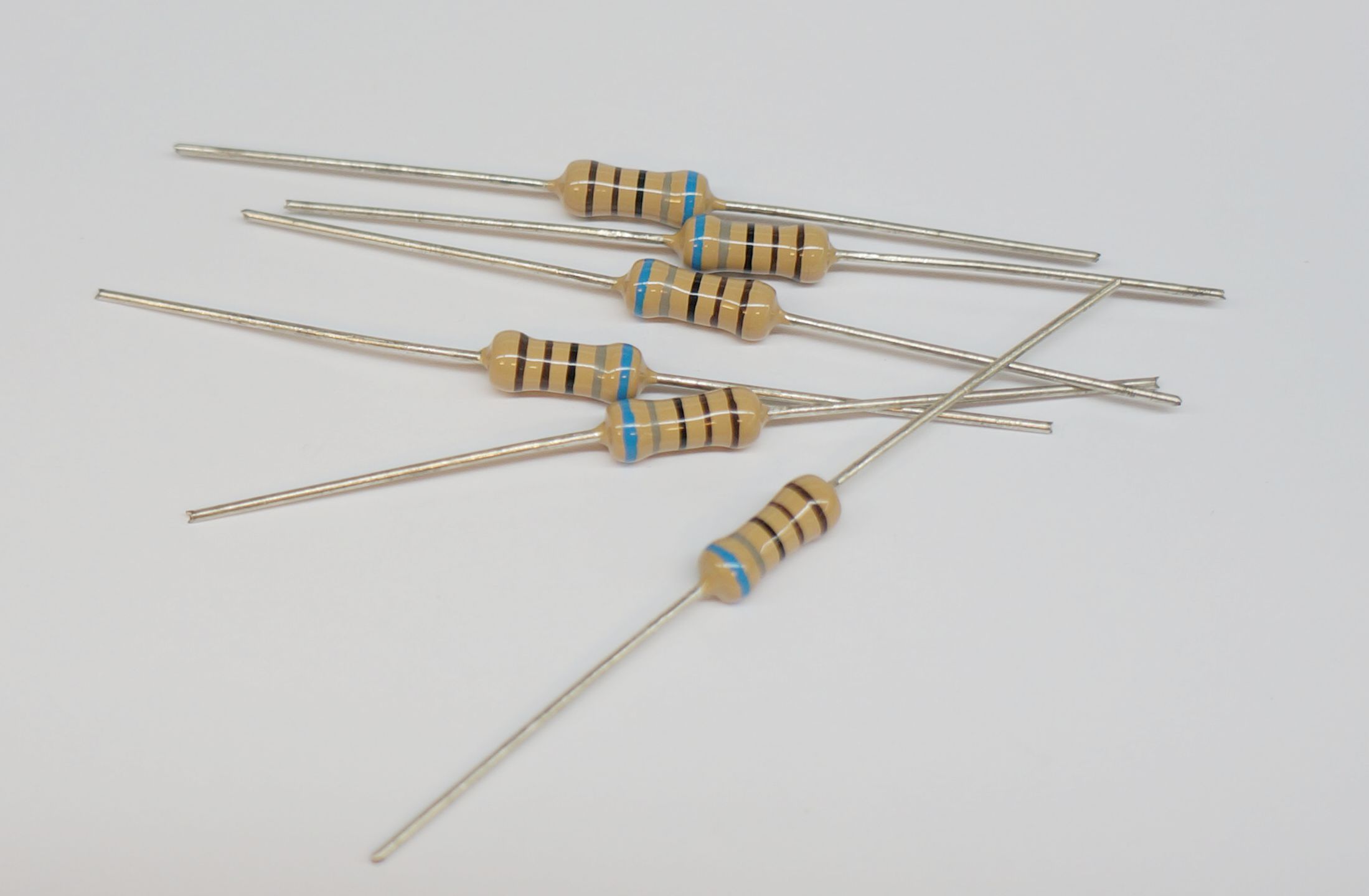
Over the last few years we have become aware that the resistors in the audio circuits have their own sound properties, which are significant enough that they can define the sound performance of the amplifier.
Therefore we are using the Non Magnetic Tantalum Resistors from Audio Note (r) UK in the feedback circuit. For the buffer and modulator we use SMD mounted tantalum resistors from Holsworthy (r) UK, chosen over other
SMD tantalum resistors to fit best with the sound profile of this module. You may remember Holsworthy from the 1990's where their HOLCO resistors were some of the best available for attenuators and amplifiers.
Both S3 and S3 High Speed use the same Tantalum resistor setup.
Power Supply requirements.
The module requires only a plus and minus rail voltage of at least 30V and up to 90V. A gate drive voltage is not required, but can be added (30V over the minus rail). We do not recommend the use of any
external power supplies for the input stage, or the gate driver. The on-board regulators are vastly improved in this module, and will perform better than most external modules.
In the 1970's when hifi began taking off, we were brought up with the logic that more output power cost more money. One brand's 25W amplifier would cost $200, then the 32W amplifier would cost $300 and so on. Not with
Class D! The only parameter that defines the output power is the rail voltage, and in turn the secondary voltage of the transformer. There is zero price difference between a 200W and a 300W Class D amplifier.
Another consideration from old times is that a 200W amplifier will sound better than a 50W amplifier, even when playing at 1W. This was true for old school amplifiers because you would be using a
smaller portion of the voltage amplifier's linear range on the 200W amplifier. Well again this is all changed in Class D. There is no linear range, only one's and zero's. And so a 50W Class D will sound as good as a
300W version of the same amplifier. The sound performance is defined by other parameters in Class D. Power supply capacitors still play a vital role, and will sound different of course.
The output power specification should be viewed as "Up to 900W" for example. The power is only dependent on the supply voltage. With the same power supply, the different modules will give the same output power.
The Singularity module can run up to 90V rails, and thus produce up to 500W in 8 Ohms and 1000W in 4 Ohms audio power. This will require some cooling though. We recommend building the amplifier at the size you need, and
not a lot bigger. The default size is 2 x 200W in 8 Ohms / 2 x 400W in 4 Ohms, this is accomplished with a transformer of 2 x 40 V AC, and always easy to build in this size.
| |
| | |
Launched in 2020 the Singularity 3 Class D modules use the newest technology, and are among the best sounding amplifiers in the world. Even in competition with Class A amplifiers. This is leading edge technology.
The switching devices in other Class D modules are regular MOSFET's but we use SiCFET's instead, which are about 10 times faster, giving better resolution in the top region, and less switching noise. Due to the latest
enhancements in SiCFET technology, these are even significantly faster than the competing GAnFET technolgy in this power class. This may change as technology progresses though.
The audio circuits, such as buffer and modulator are both made with low noise japanese discrete transistors, and thin film precision resistors, to optimize sound quality, beyond what is possible with integrated circuits.
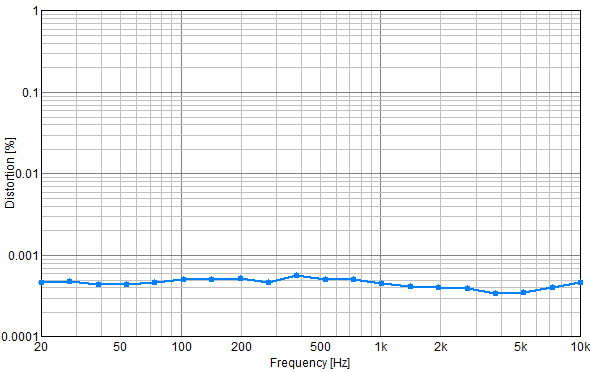
The distortion is optimized for each module in our handmade production, where each module is carefully adjusted to reach perfect performance. There is no feedback after the output filter, which technically degrades the performance
of the filter, and calls for use of a vastly overdimensioned and expensive inductor. The benefit is a better sound quality with a more weighty and substantial bass reproduction. The result of the fine tuning process,
is a THD of typ. 0.0004% at 1 kHz / 1W / 8 Ohm. The bandwidth of this module
is about 200.000 kHz at 6 dB, so compared to other modules it has vastly better frequency performance. This will result in a more free and airy reproduction of high notes in the music.
The output filter is made with silverplated and teflon isolated aidio wire. The circuit board is 6 layers with silver plated copper surface.
New in Singularity 3.
Compared to NCDV2 the following new design features have been introduced:
Use of high speed SiCFET's instead of MOSFET's.
3 times faster compensation loop = better signal control.
Star coupled output filter, new technology that reduce RF noise in the audio signal.
No decoupling capacitors in the audible range. More clean an homogenous reproduction.
Shunt regulators on the input stage, vastly improves bass resolution.
Better discrete audio transistors compared to NCDV2. Now using RoHM ultra low noise types.
Adjustable overload shutdown, so 2 Ohms speakers is no longer a problem.
Switching frequency raised from 550 kHz to 850 kHz = better resolution.
Now 6 layers silver plated circuit board, with full GND plane for the output.
Sw. frequency trimmer influence reduced 10 times, and now taken over by a Tantalum resistor with much better stability.
Bigger assistance microprocessor, now with chat port.
Differences between Singularity 3 and Singularity 3 High Speed.
At time of design startup in the summer of 2019, some criteria were setup for the differences between ver 1 and 2. These were later changed, as the two versions partly "melted together", and are now using the same
SiCFET output devices, and the same high speed Gate Drivers. So the differences are revised based on new parameters. The S3 runs at slightly higher switching frequencies, compared to NCDV2 our former platform.
It runs about 550 - 600 kHz. The High Speed version runs at 800 - 850 kHz. This requires some more maticulate fine adjustment, but it gives higher resolution in the top. In practical use the difference is highly
noticable though. As you may notice on some of the photo's the High Speed setup requires the SiCFET drivers be of a faster type, so we are manually replacing them on the modules.
Another change is the rail decoupling caps, which are 400V types, on the High Speed version, and 100V on the S3 module. These rail capacitors are there to dissipate RF noise from the switching process but they have
high enough internal resistance, that they will not affect the sound quality. The SiCFET's are rated at 600V so the max. rail voltage of 100V is rather relaxed for the output devices.

Over the last few years we have become aware that the resistors in the audio circuits have their own sound properties, which are significant enough that they can define the sound performance of the amplifier.
Therefore we are using the Non Magnetic Tantalum Resistors from Audio Note (r) UK in the feedback circuit. For the buffer and modulator we use SMD mounted tantalum resistors from Holsworthy (r) UK, chosen over other
SMD tantalum resistors to fit best with the sound profile of this module. You may remember Holsworthy from the 1990's where their HOLCO resistors were some of the best available for attenuators and amplifiers.
Both S3 and S3 High Speed use the same Tantalum resistor setup.
Power Supply requirements.
The module requires only a plus and minus rail voltage of at least 30V and up to 90V. A gate drive voltage is not required, but can be added (30V over the minus rail). We do not recommend the use of any
external power supplies for the input stage, or the gate driver. The on-board regulators are vastly improved in this module, and will perform better than most external modules.
In the 1970's when hifi began taking off, we were brought up with the logic that more output power cost more money. One brand's 25W amplifier would cost $200, then the 32W amplifier would cost $300 and so on. Not with
Class D! The only parameter that defines the output power is the rail voltage, and in turn the secondary voltage of the transformer. There is zero price difference between a 200W and a 300W Class D amplifier.
Another consideration from old times is that a 200W amplifier will sound better than a 50W amplifier, even when playing at 1W. This was true for old school amplifiers because you would be using a
smaller portion of the voltage amplifier's linear range on the 200W amplifier. Well again this is all changed in Class D. There is no linear range, only one's and zero's. And so a 50W Class D will sound as good as a
300W version of the same amplifier. The sound performance is defined by other parameters in Class D. Power supply capacitors still play a vital role, and will sound different of course.
The Singularity module can run up to 90V rails, and thus produce up to 500W in 8 Ohms and 1000W in 4 Ohms audio power. This will require some cooling though. The output power specification should be viewed
as "Up to 900W" for example. The power is only dependent on the supply voltage. With the same power supply, the different modules will give the same output power.
We recommend building the amplifier at the size you need, and
not a lot bigger. The default size is 2 x 200W in 8 Ohms / 2 x 400W in 4 Ohms, this is accomplished with a transformer of 2 x 40 V AC, and always easy to build in this size.
| |
| | |
Technical Specs:
| Maximum Output Power in 8 Ohms | 450 Watts RMS |
| Maximum Output Power in 4 Ohms | 900 Watts RMS |
| Maximum Output Power in 3.2 Ohms | 1200 Watts RMS |
| Frequency range -3dB 8 Ohms | 2-195.000 Hz |
| Frequency range -3dB 4 Ohms | 2-180.000 Hz |
| Switching Frequency | 800 - 850 kHz |
| THD + N 1W 8 Ohms typ. | 0.00033% |
| THD + N 40W 8 Ohms typ. | 0.01% |
| Dynamic Range | 146dB |
| Lowest output load | 2 Ohms |
| Maximum rail Voltage | up to +/- 90 V DC |
| Gain unbalanced | 10 |
| Gain balanced | 20 |
| Input level required | 4V RMS |
| RMS current | 23.3 Ampere |
| Peak current 1ms | 130 Ampere |
| |
| | |
Drawings.
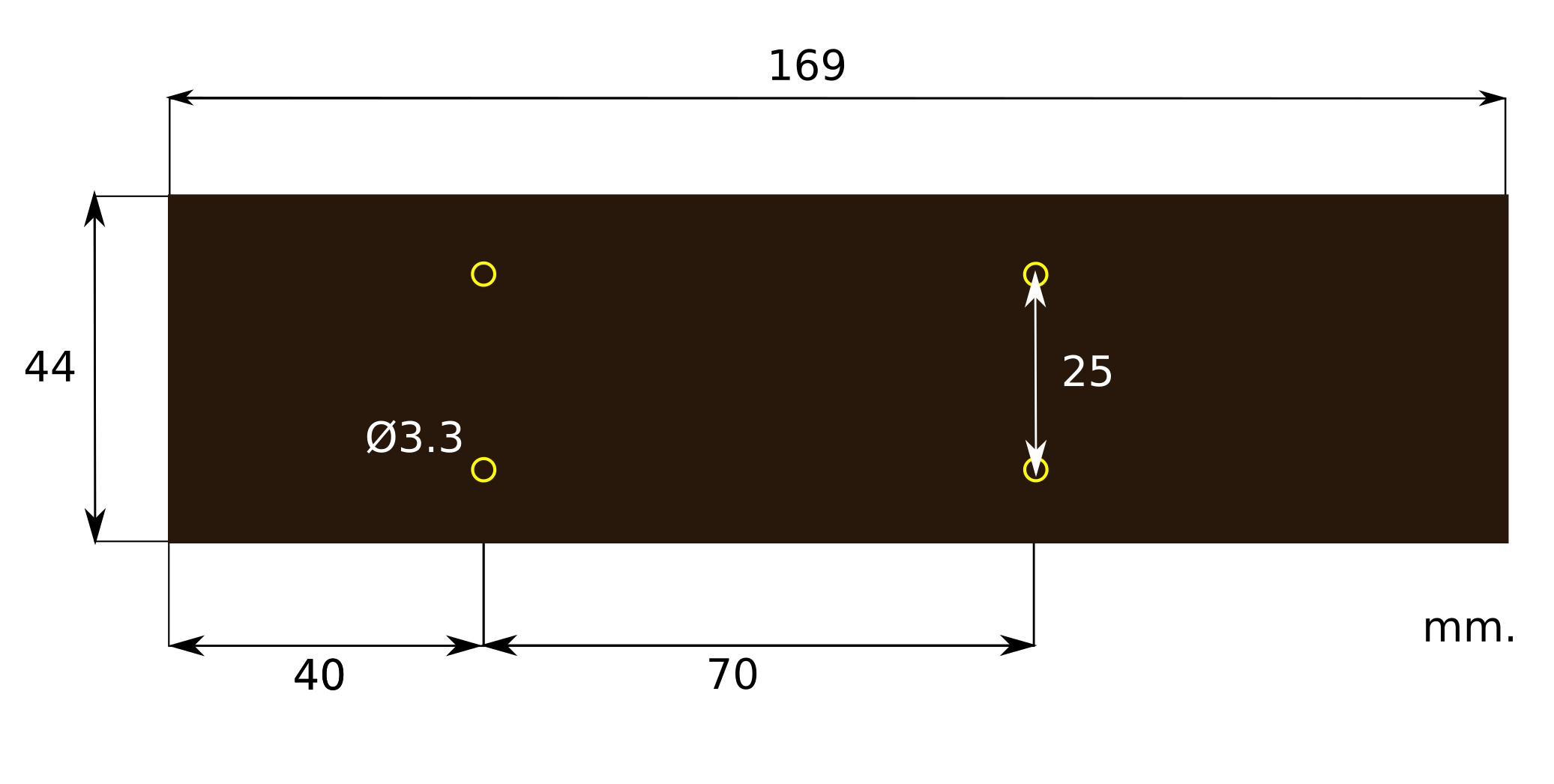
The holes positions are identical to NCDV 1 and 2.
| |
| | |
Instructions.
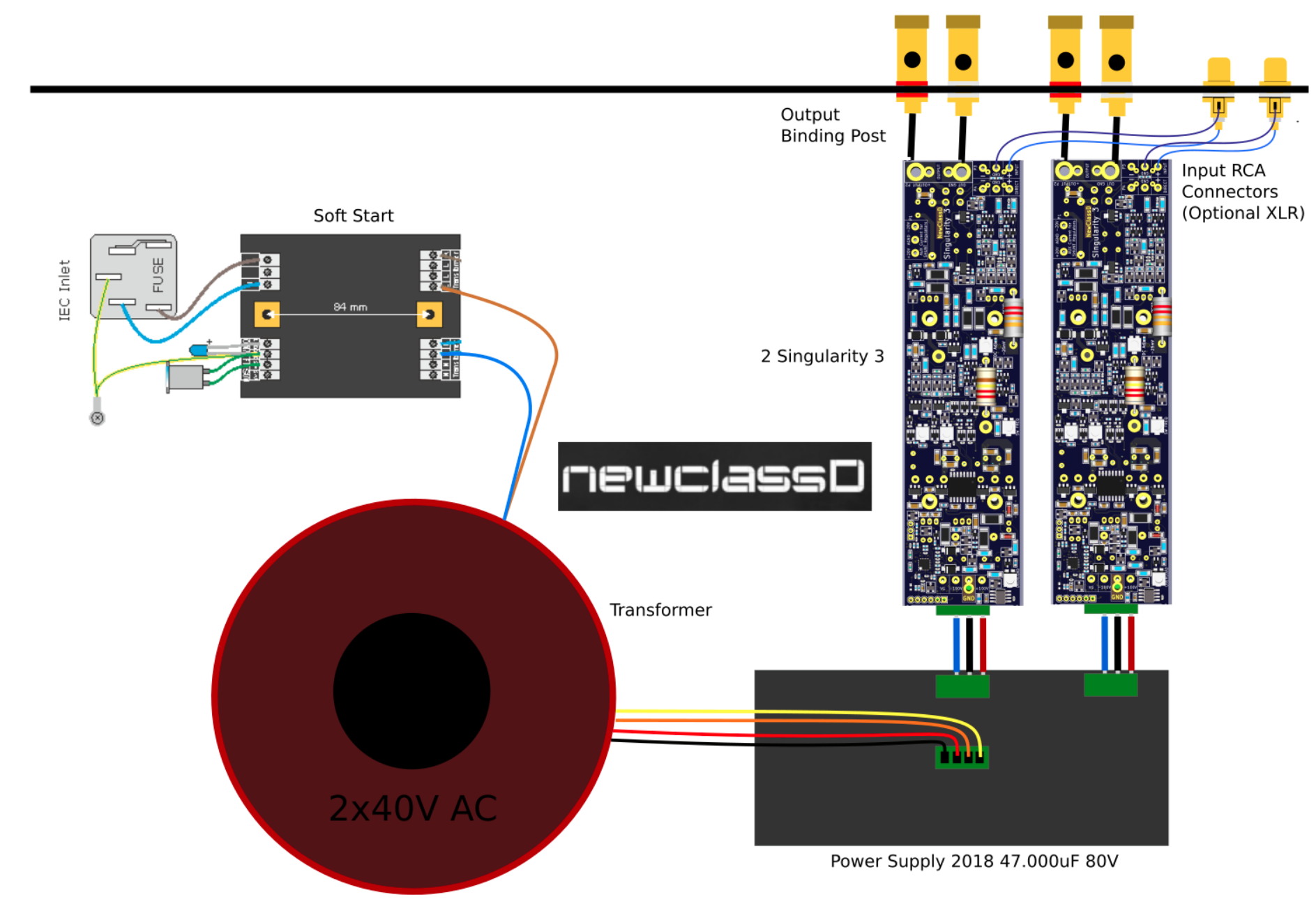
Basic system setup for a complete power amplifier of 2 x 200W in 8 Ohms with unbalanced inputs.
Other setups are possible depending on your prefereances, such as Dual Mono, Mono blocks, 4 channels,
integrated with preamp, integrated with DAC and or streamer. The possibilities are endless.

How to make the cables between the power supply and the Class D module. The connectors and ferrite beads
are included with the module.
| |
|
|
|